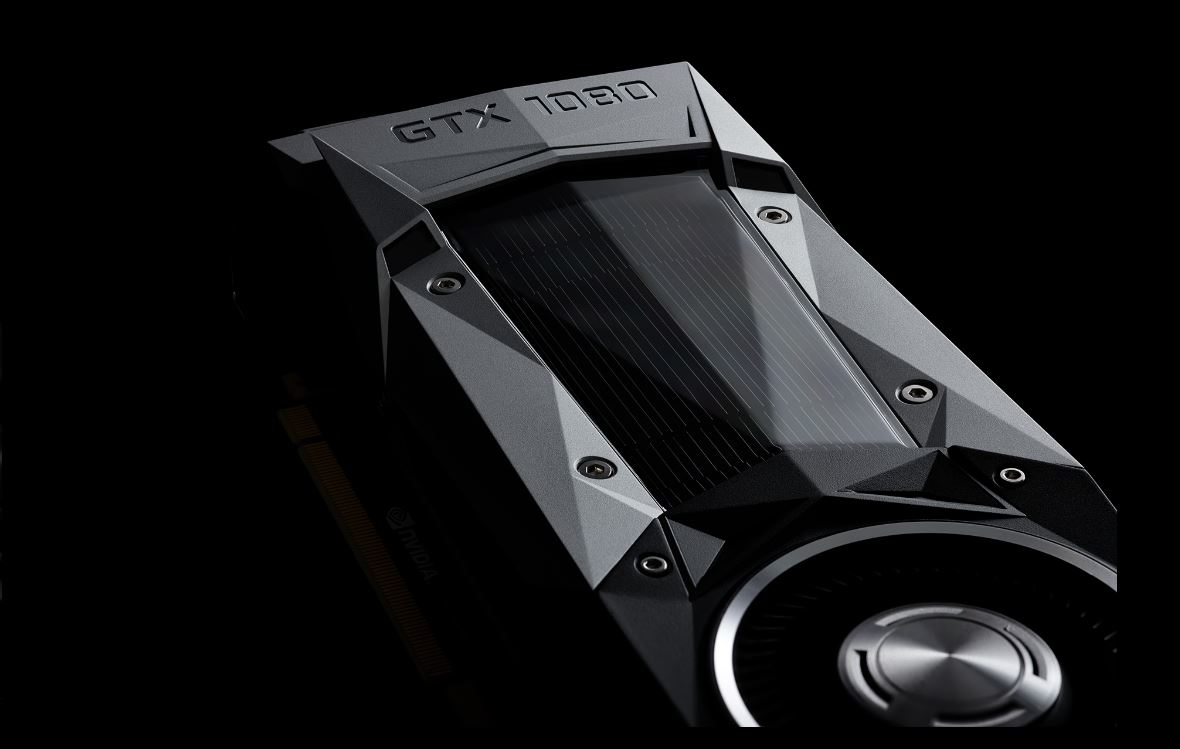Review roundup: NVIDIA's amazing new GTX 1080 graphics card
The first reviews are in, and it's looking good for NVIDIA.

When the GTX 1080 was recently announced by NVIDIA there were some pretty bold claims made about its power. That it was more powerful than a Titan X, more powerful even than two GTX 980 cards running in SLI. Add in a surprising amount of power efficiency and the numbers on stage all looked pretty good.
But numbers on stage don't tell the story. Real world people using real world cards tell the story. The first round of GTX 1080 reviews are in and so far it's looking pretty good for the green team.
Here we've rounded up a few to get you started.
PC Gamer
"If you're a gamer looking for something that will handle 4K gaming at nearly maxed out quality, the GTX 1080 is the card to get. Or if you want a GPU that has at least a reasonable chance of making use of a 1440p 144Hz G-Sync display, or a curved ultrawide 3440x1440 100Hz display, again: this is the card to get. It delivers everything Nvidia promised, and there's likely room for further improvements via driver updates—this is version 1.0 of the Pascal drivers, after all."
Check out the full PC Gamer review
Anandtech
"I think it's safe to say that NVIDIA intends to start off the 16nm/14nm generation with a bang. As the first high-end card of this generation the GTX 1080 sets new marks for overall performance and for power efficiency, thanks to the combination of TSMC's 16nm FinFET process and NVIDIA's Pascal architecture. Translating this into numbers, at 4K we're looking at 30% performance gain versus the GTX 980 and a 70% performance gain over the GTX 980, amounting to a very significant jump in efficiency and performance over the Maxwell generation."
See the Anandtech GTX 1080 preview
Engadget
"If you have the cash, and need the most powerful video card on the market, you can't go wrong with the GTX 1080. It's built precisely for the things gamers are focused on today: 4K and VR. It's not just an incremental upgrade for NVIDIA: It's a dramatic leap forward."
Read more in the full Engadget review
Tom's Hardware
"Nvidia's GeForce GTX 1080 delivers incredible performance at a particularly opportune time. While the GeForce GTX 980 Ti and its principal competition, AMD's Radeon R9 Fury X, both achieve playable frame rates at 4K, they still force you to either compromise quality or add a second GPU for the kind of performance high-end gamers want to see."
Check out the Tom's Hardware review
All the latest news, reviews, and guides for Windows and Xbox diehards.
Eurogamer
"From our perspective, the big takeaway is this: Titan X and its cheaper GTX 980 Ti counterpart are still monstrously fast gaming GPUs. They're the cards we've gone to for testing when we need what seems like a bottomless pit of graphics power. If the upcoming GTX 1070 is priced correctly and offers equivalent performance, we're in for a real treat. But the GTX 1080 isn't just a little faster - it's a lot faster. And assuming its simultaneous multi-projection technology is indeed integrated into upcoming VR titles, the performance increase there could very well match the 2x Titan X claims that Nvidia made at its recent press event."
See more in the full Eurogamer review
Ars Technica
"And yet, the high-water mark by which we must judge the GTX 1080 is set by Nvidia. The 1080 is good value, because the Titan X and 980 Ti were so expensive to begin with. The performance gains are excellent, because there's no company around that can (currently) challenge them. For all the innovation that's been put into the 1080, for all the hard work that's gone into its design—and I don't doubt for a moment that a lot of hard work has been put into it—it's hard to shake the feeling that, if there were true competition at this level, we'd be looking at a very different product to kick off the 16nm generation."
Check out the full Ars Technica review
And if you like your reviews a little more visual, check out this selection from some popular YouTube channels.
Linus Tech Tips
Awesomesauce Network
Hardware Canucks
Paul's Hardware
So, what do we think? Be sure to share your own thoughts in the comments below!

Richard Devine is a Managing Editor at Windows Central with over a decade of experience. A former Project Manager and long-term tech addict, he joined Mobile Nations in 2011 and has been found on Android Central and iMore as well as Windows Central. Currently, you'll find him steering the site's coverage of all manner of PC hardware and reviews. Find him on Mastodon at mstdn.social/@richdevine



